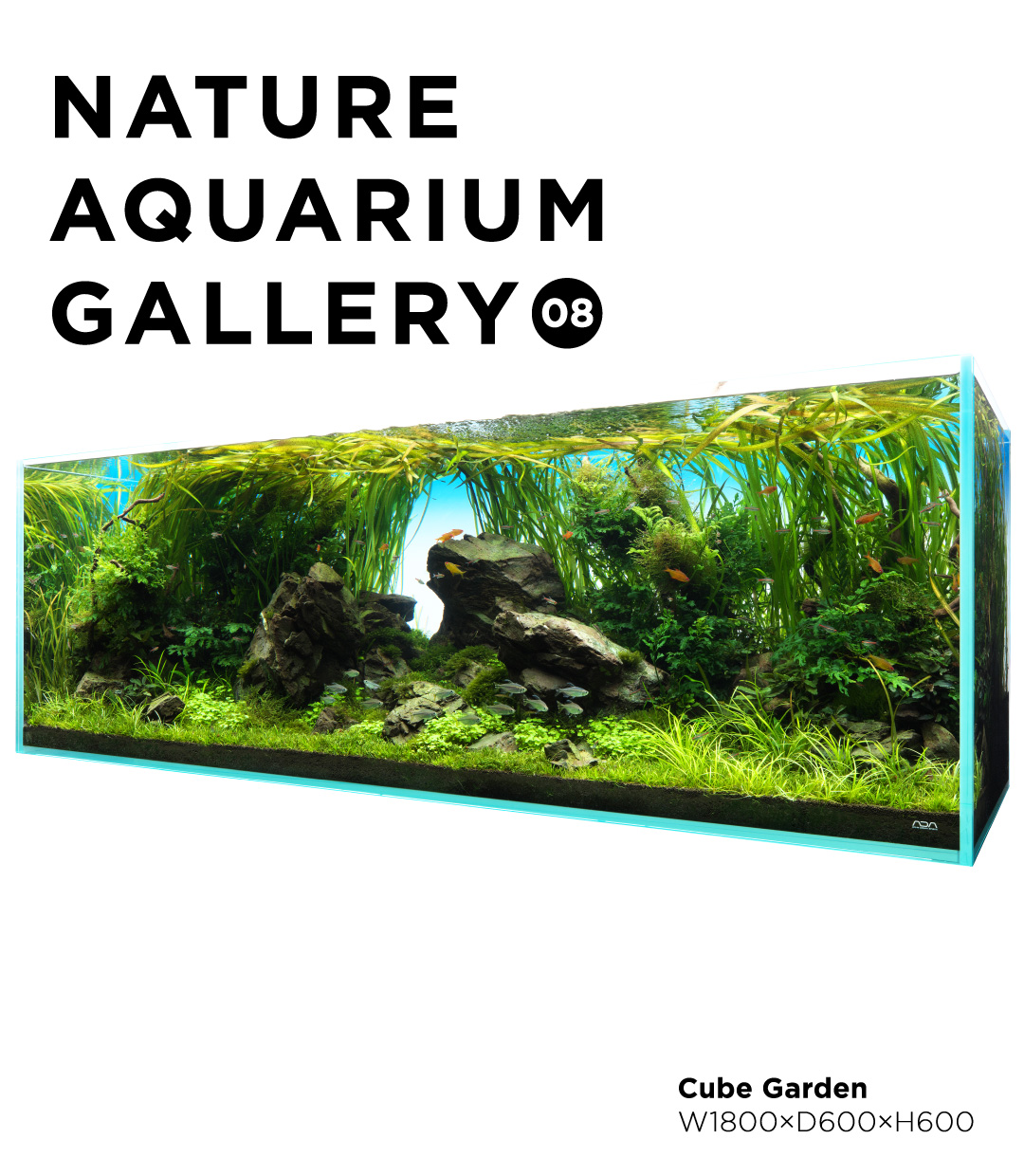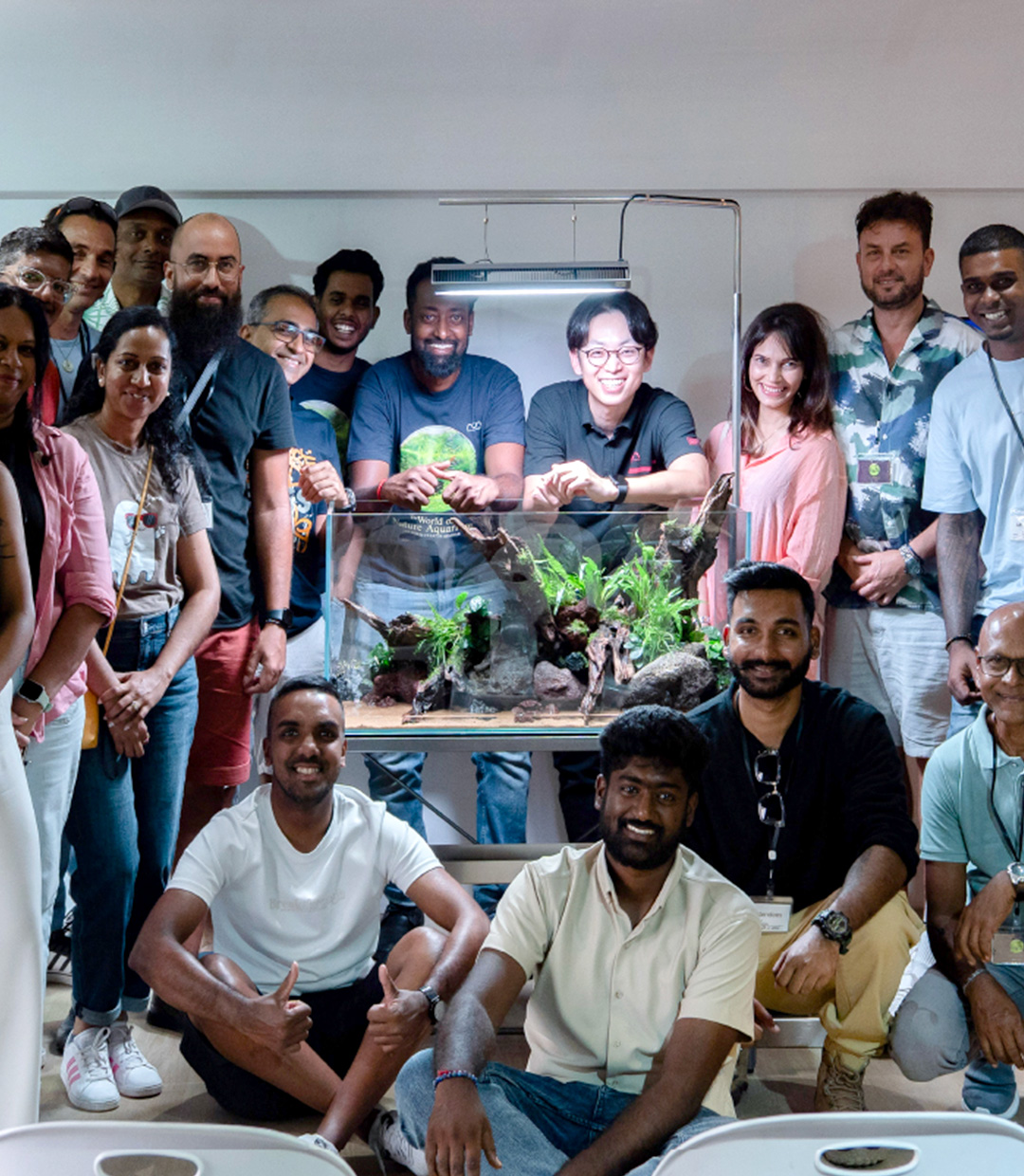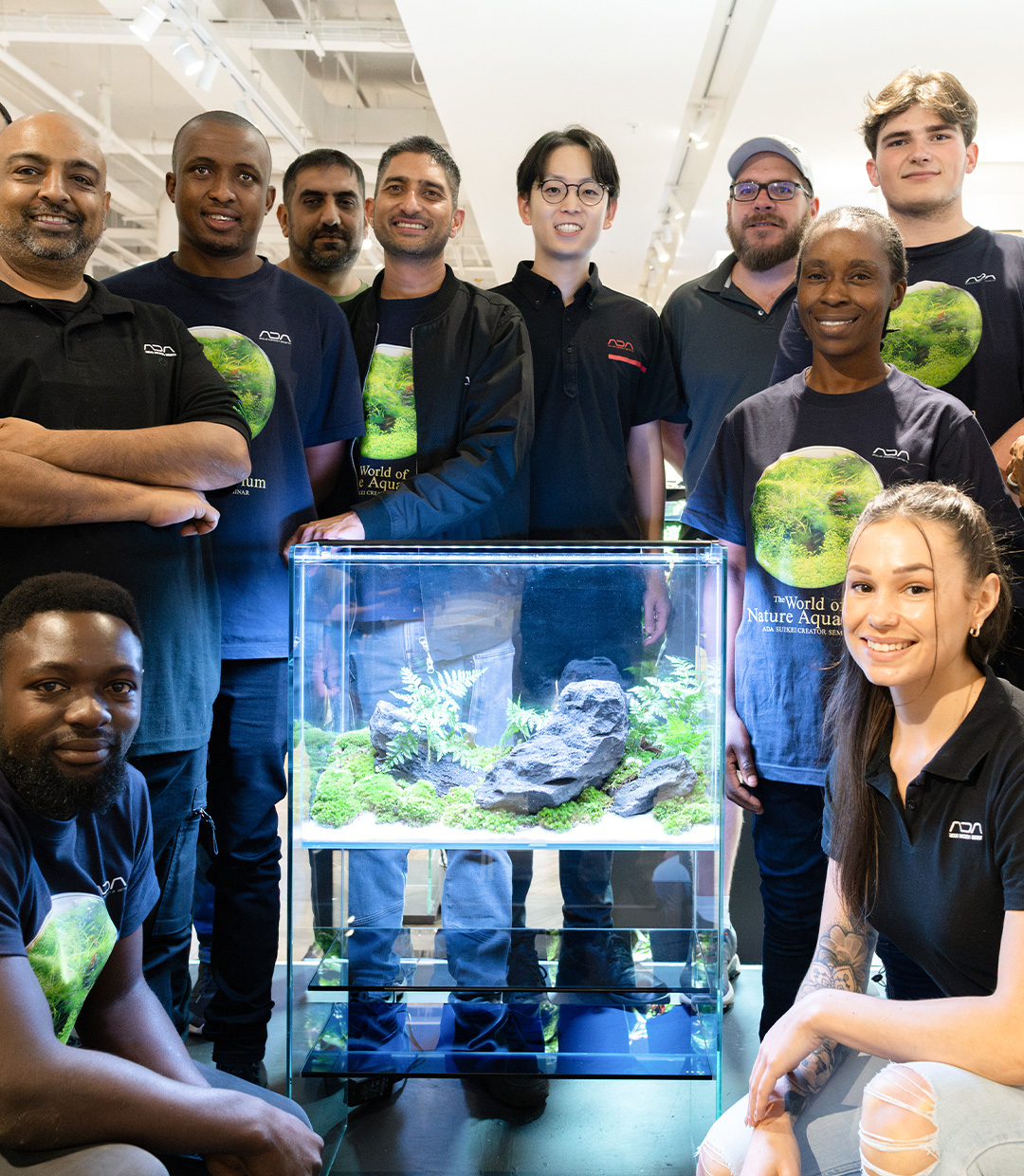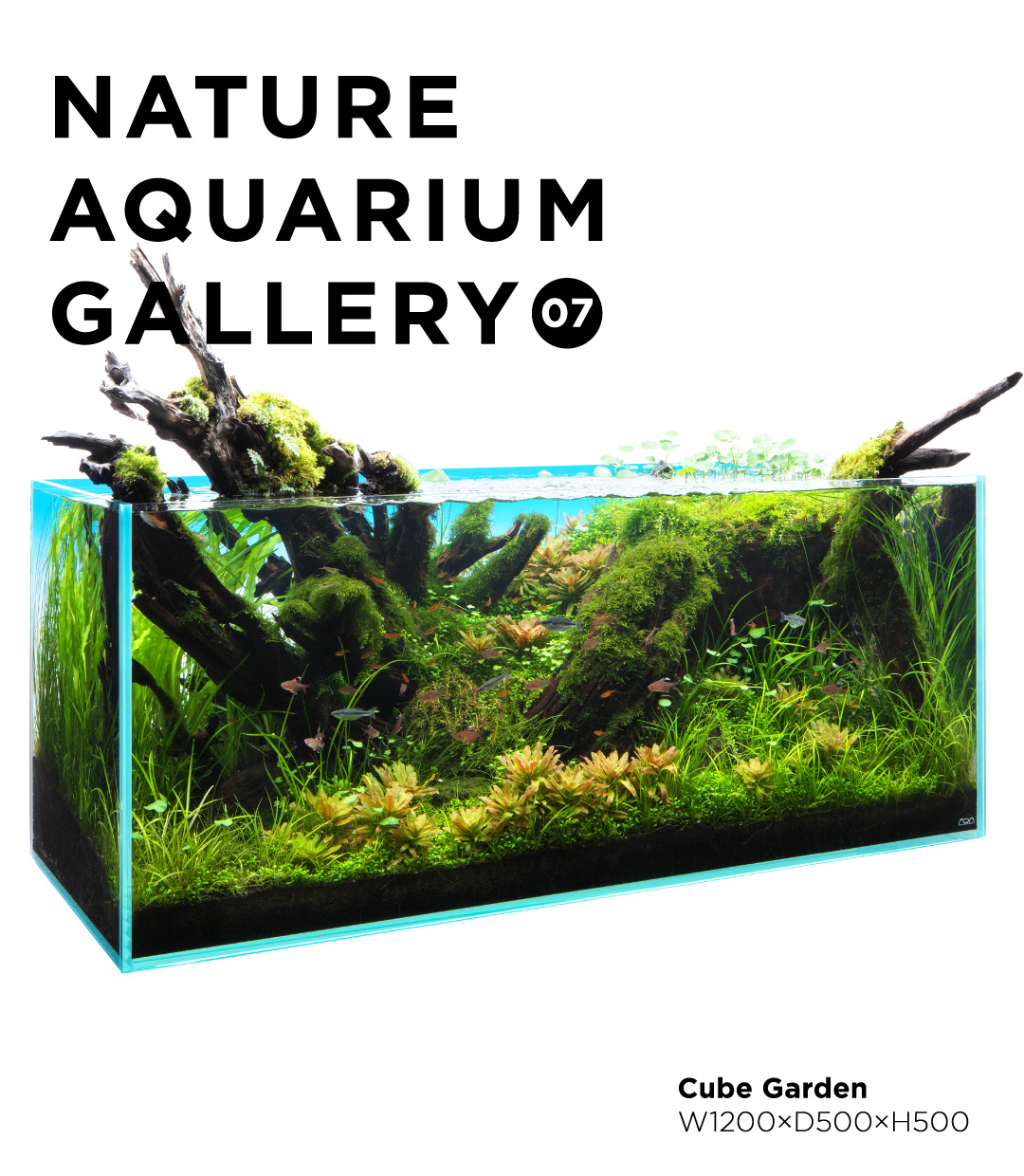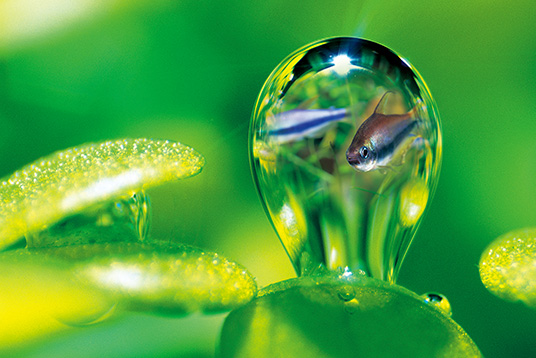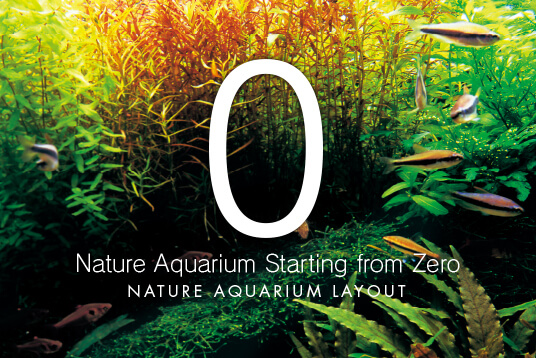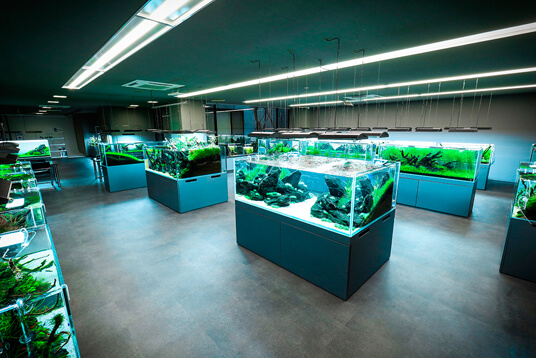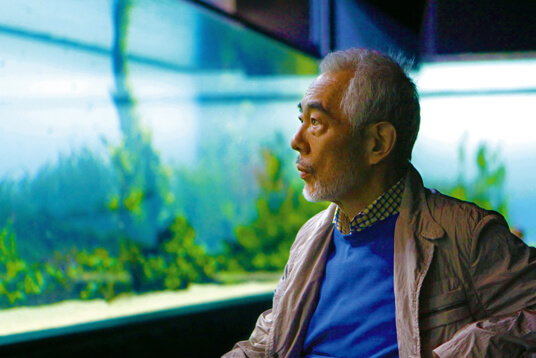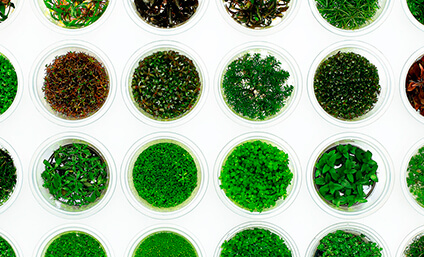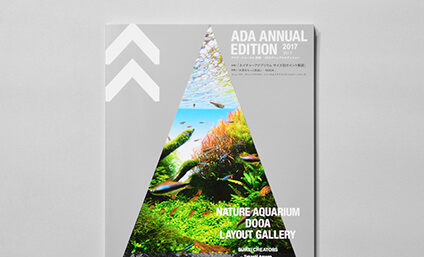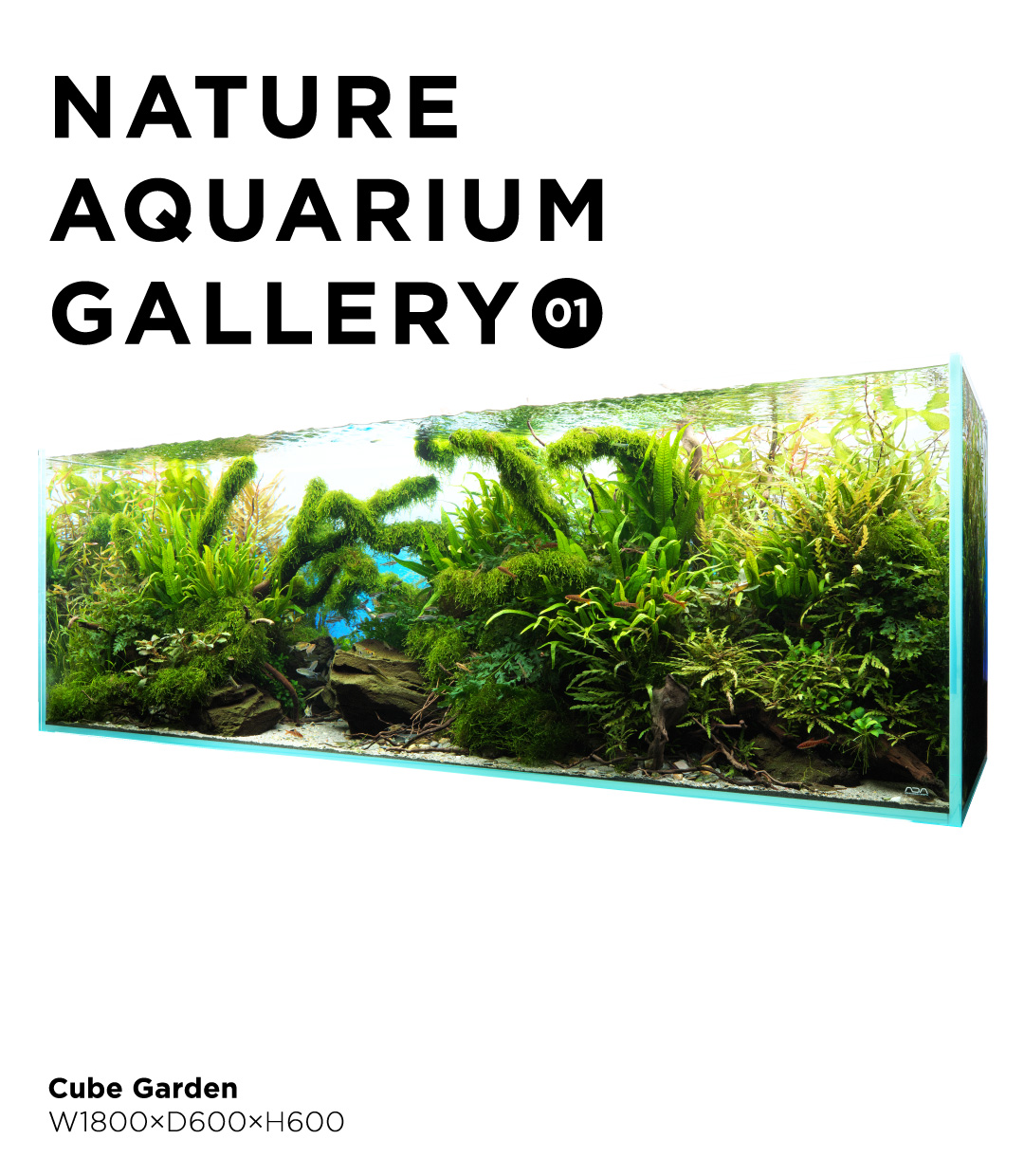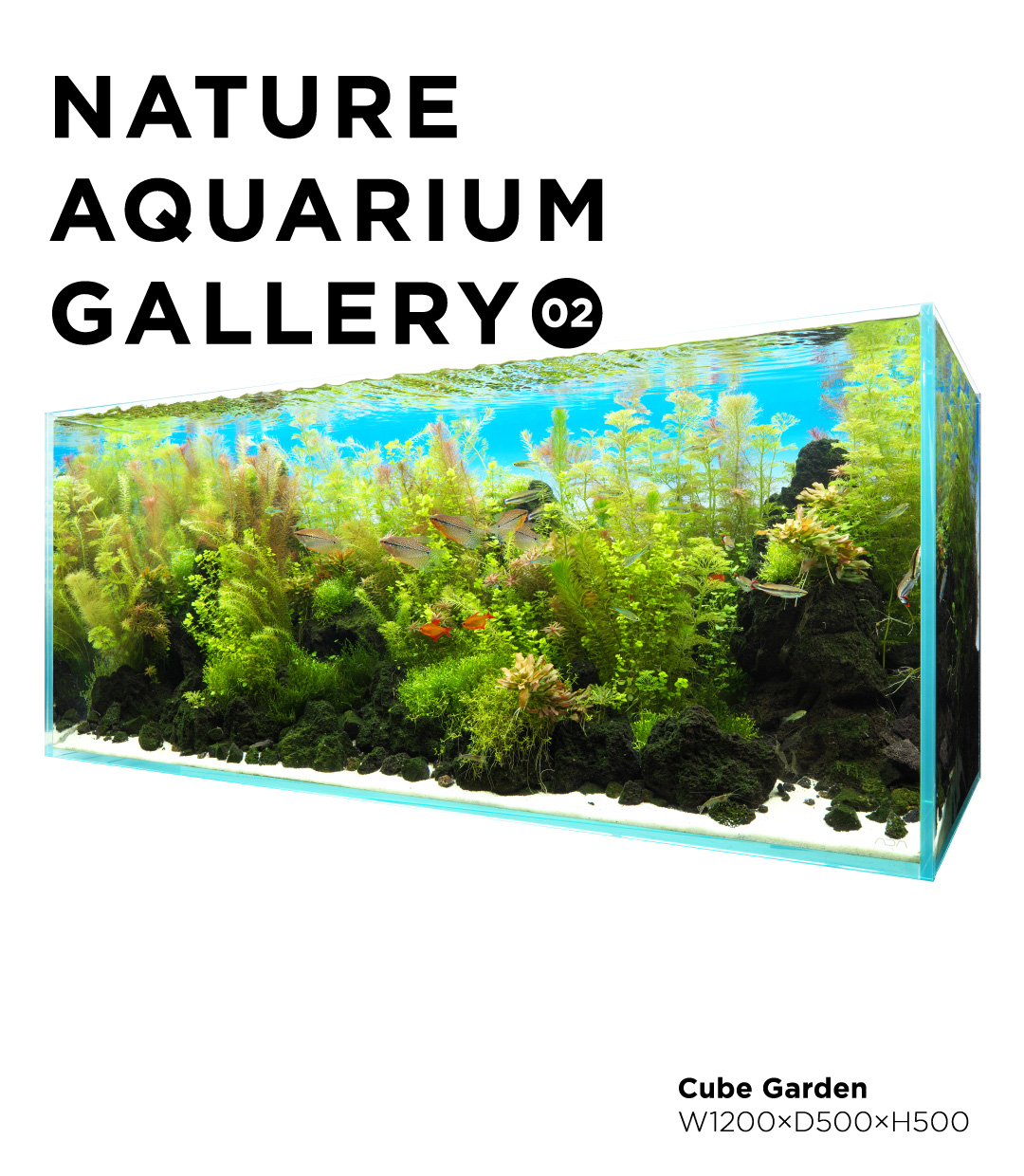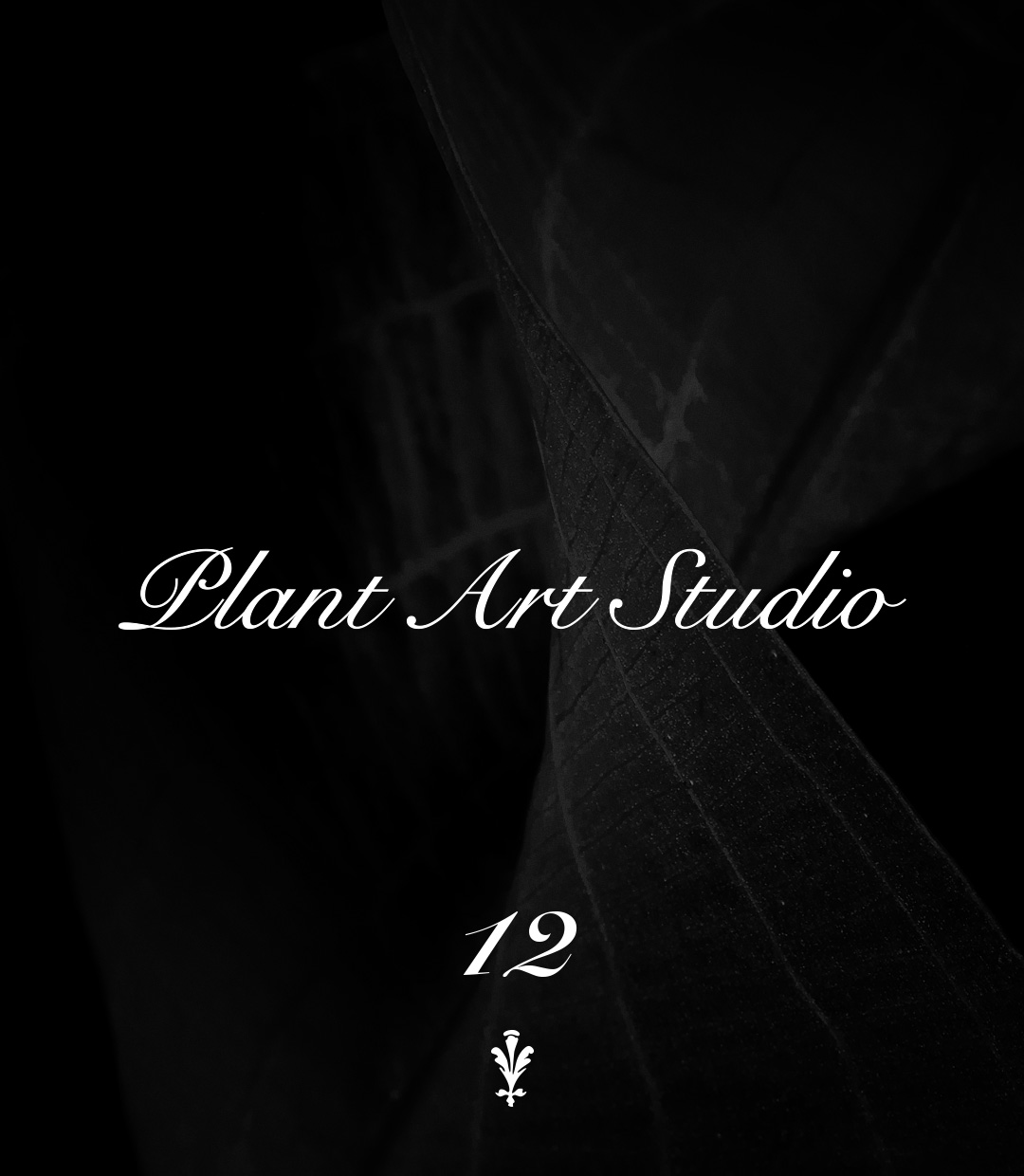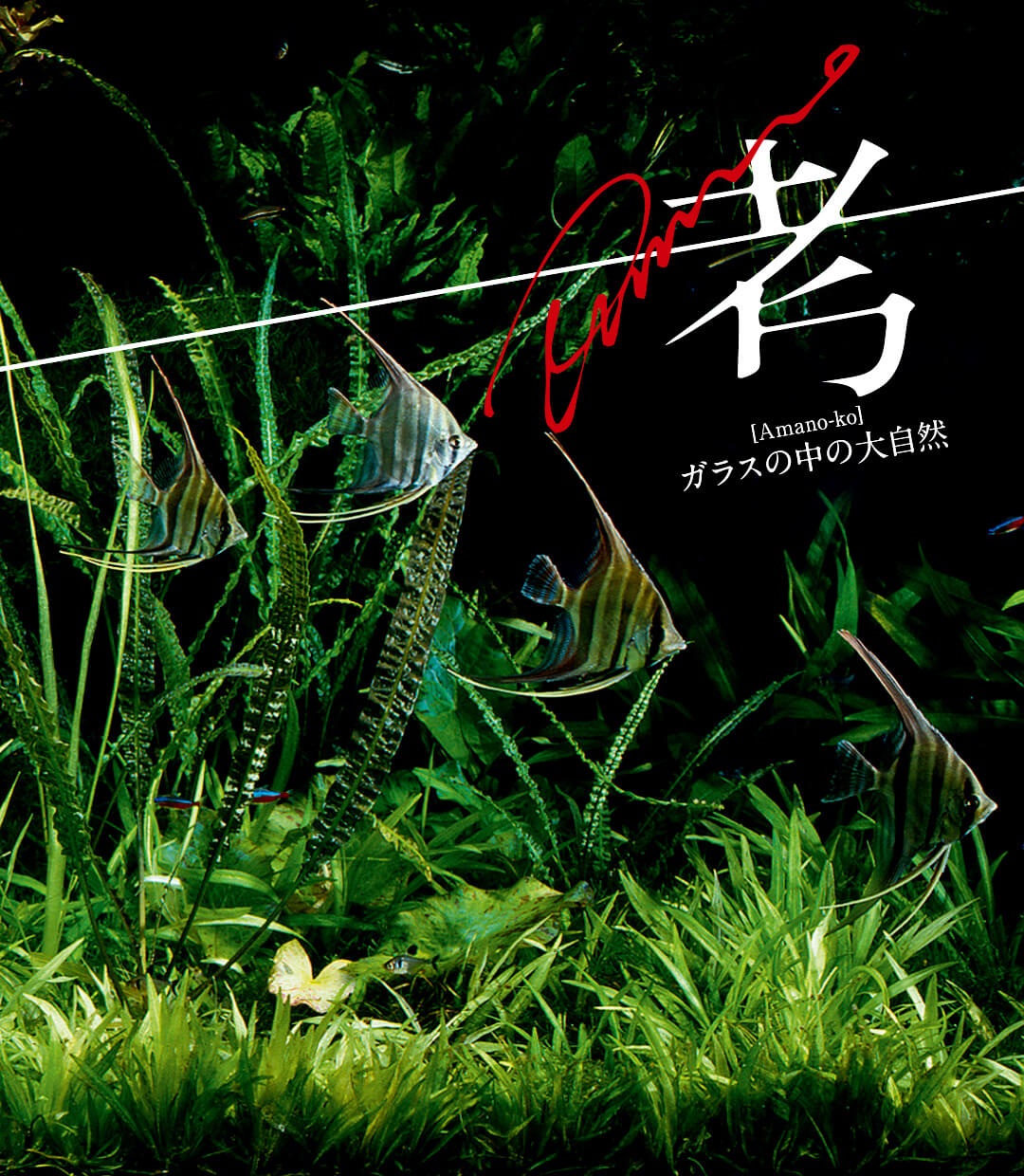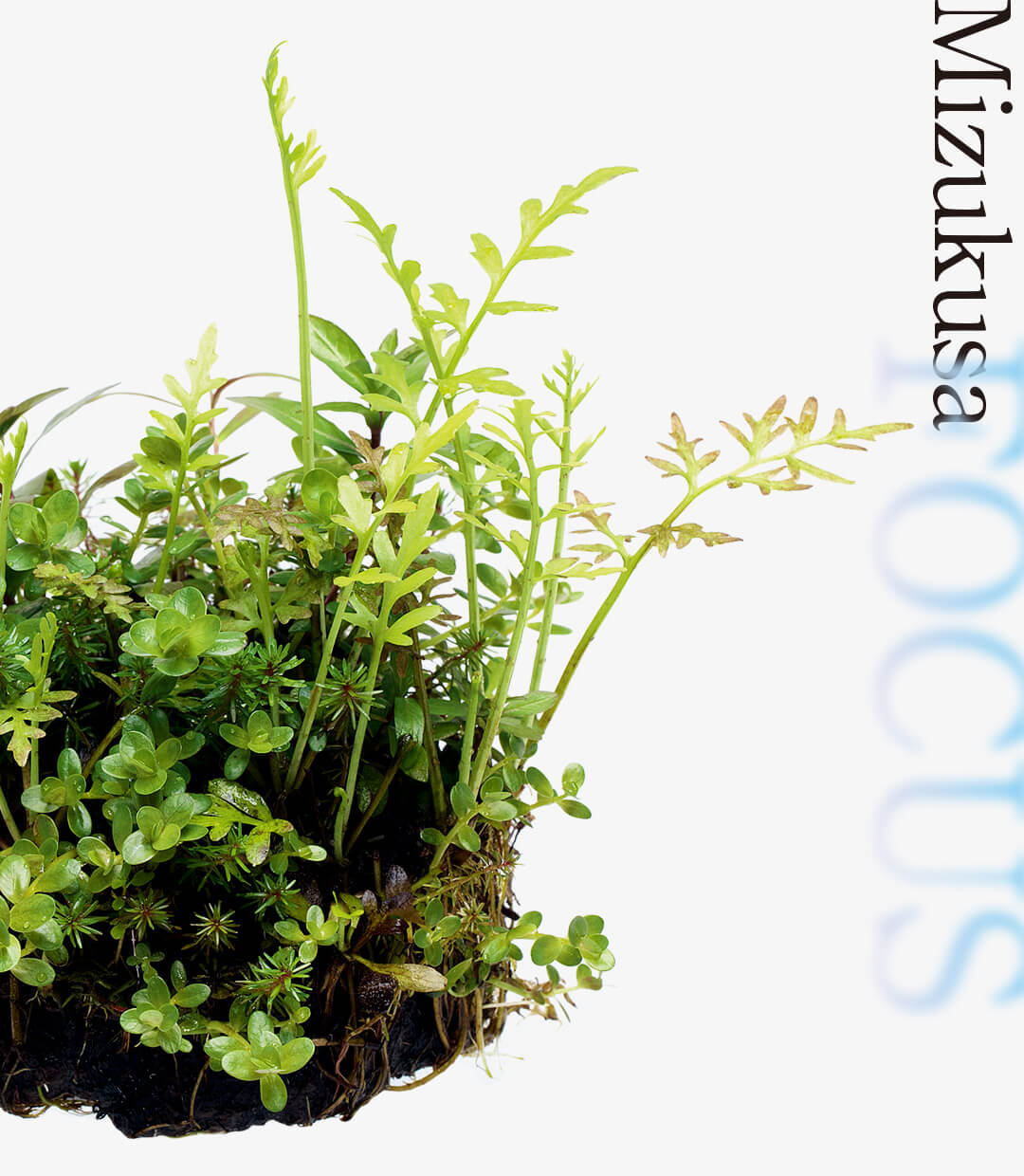NATURE AQUARIUM GALLERY #02: Xanadu
At the Nature Aquarium Gallery, aquascapes are created and maintained every day. Through this ongoing work, ADA has developed a deep and practical knowledge of Nature Aquarium. In the web series NATURE AQUARIUM GALLERY, we interview ADA SUIKEI Creators and ADA’s expert maintenance staff to explore their creations and share tips on how to care for and grow aquatic environments using ADA products.
A Dreamlike Aquascape of Tropical Fish, Leading You into a Mystical Underwater Paradise
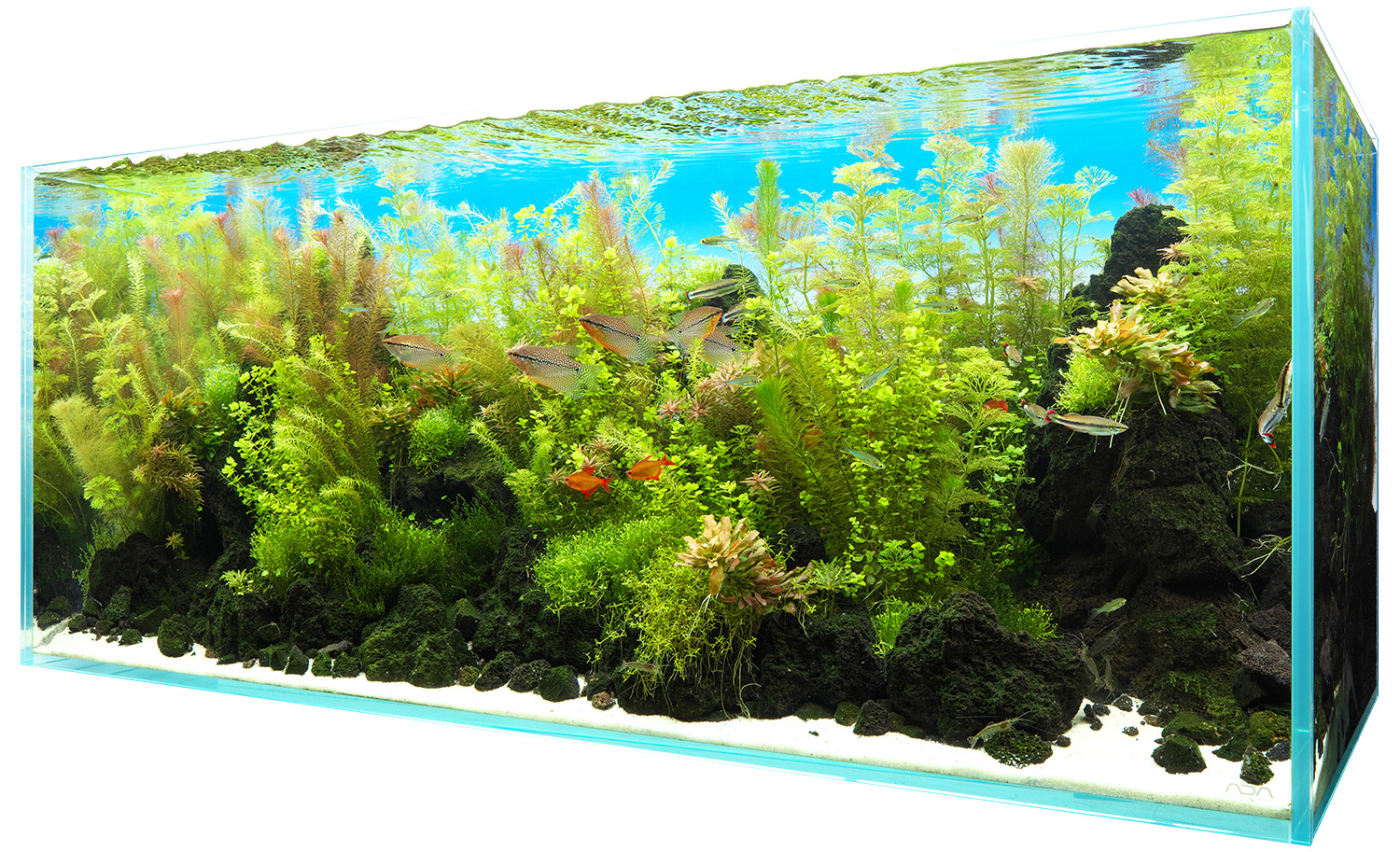
[Xanadu]
This layout takes a slightly unconventional approach, portraying a fantasy world set among rocky reefs. It is inspired by the idea that “as you dive deep into the water, a nostalgic, utopia-like space opens up.” Soft, delicate aquatic plants evoke an ethereal quality, while Trichogaster leeri drift gracefully through the scene, creating a dreamlike underwater world.
(ADA SUIKEI Creator, Daisuke Inoue)
This layout takes a slightly unconventional approach, portraying a fantasy world set among rocky reefs. It is inspired by the idea that “as you dive deep into the water, a nostalgic, utopia-like space opens up.” Soft, delicate aquatic plants evoke an ethereal quality, while Trichogaster leeri drift gracefully through the scene, creating a dreamlike underwater world.
(ADA SUIKEI Creator, Daisuke Inoue)
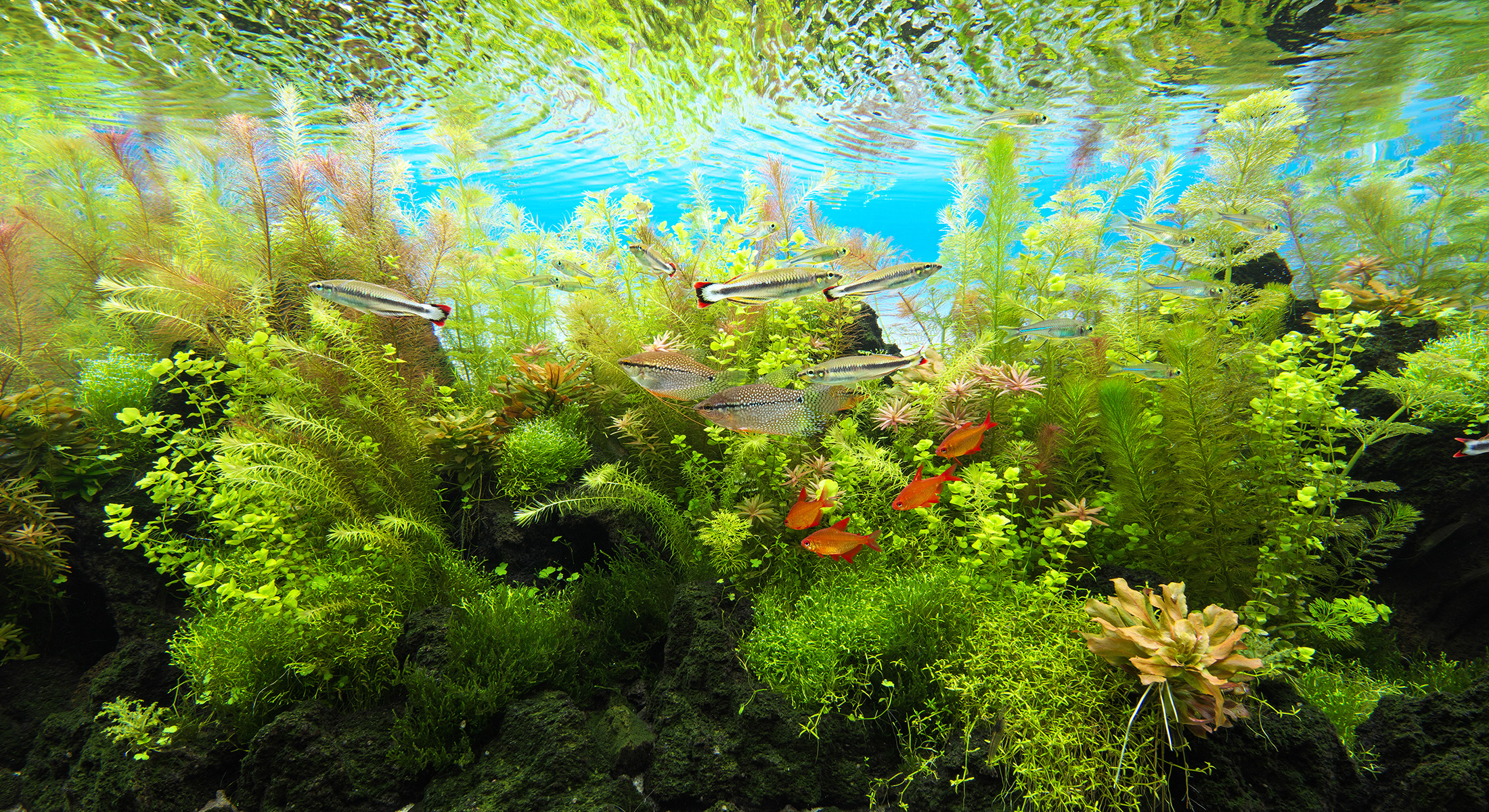
DATA
Creation date: September 19, 2024
Photo taken on: December 25, 2024
Creator: Daisuke Inoue(ADA SUIKEI CREATOR)
Aquarium: Cube Garden W1,200×D500×H500(mm)
Lighting: Solar RGB II x 2 (8.5 hours per day)
Filtration: Super Jet Filter ES-1200 (Bio Rio G)
Material: Unzan Stone
Substrate: Vanilla Sand(KUMU SA-06), Aqua Soil – Amazonia Ver.2, Power Sand Advance L, Bacter 100, Clear Super, Tourmaline BC
CO2: Pollen Glass Beetle 40Ø, 5 bubbles per second via CO2 Beetle Counter (using Tower)
Aeration: 15.5 hours after the light is turned off using Lily Pipe P-6
Additives: Brighty K, Green Brighty Mineral, Green Brighty Iron, Green Brighty Nitrogen
Water change: 1/3 once a week
Water quality: Temperature 25°C, pH: 6.4, TH: 50 mg/L
Plants
Microcarpaea minima
Hydrocotyle tripartita
Taxiphyllum sp. ‘Flame Moss’
Micranthemum umbrosum
Rotala sp. ‘Vietnam’
Rotala sp. ‘Flower’
Mayaca fluviatilis
Myriophyllum elatinoides
Myriophyllum tuberculatum
Limnophila sessiliflora
Pogostemon helferi
Ludwigia sphaerocarpa
Riccia fluitans
Fish
Trichogaster leeri
Melanotaenia gaeayi
Marosatherina ladigesi
Hyphessobrycon sp.
Crossocheilus oblongus
Otocinclus sp.
Caridina multidentata
Creation date: September 19, 2024
Photo taken on: December 25, 2024
Creator: Daisuke Inoue(ADA SUIKEI CREATOR)
Aquarium: Cube Garden W1,200×D500×H500(mm)
Lighting: Solar RGB II x 2 (8.5 hours per day)
Filtration: Super Jet Filter ES-1200 (Bio Rio G)
Material: Unzan Stone
Substrate: Vanilla Sand(KUMU SA-06), Aqua Soil – Amazonia Ver.2, Power Sand Advance L, Bacter 100, Clear Super, Tourmaline BC
CO2: Pollen Glass Beetle 40Ø, 5 bubbles per second via CO2 Beetle Counter (using Tower)
Aeration: 15.5 hours after the light is turned off using Lily Pipe P-6
Additives: Brighty K, Green Brighty Mineral, Green Brighty Iron, Green Brighty Nitrogen
Water change: 1/3 once a week
Water quality: Temperature 25°C, pH: 6.4, TH: 50 mg/L
Plants
Microcarpaea minima
Hydrocotyle tripartita
Taxiphyllum sp. ‘Flame Moss’
Micranthemum umbrosum
Rotala sp. ‘Vietnam’
Rotala sp. ‘Flower’
Mayaca fluviatilis
Myriophyllum elatinoides
Myriophyllum tuberculatum
Limnophila sessiliflora
Pogostemon helferi
Ludwigia sphaerocarpa
Riccia fluitans
Fish
Trichogaster leeri
Melanotaenia gaeayi
Marosatherina ladigesi
Hyphessobrycon sp.
Crossocheilus oblongus
Otocinclus sp.
Caridina multidentata
Designing a Natural Impression
Stem plants, if left unmanaged, quickly reach the surface and disrupt the layout’s sense of openness. In this aquascape, plant heights were carefully adjusted to match the contours of the Unzan Stone, maintaining a balanced, three-dimensional composition. Fast-growing species were especially monitored and pruned early to preserve cohesion across the entire scene.
In terms of color, bright, fresh greens form the base of the layout, with vivid reds used as highlights. Careful attention to color placement helped avoid monotony and aimed to recreate the depth and harmony found in natural landscapes.
Stem plants, if left unmanaged, quickly reach the surface and disrupt the layout’s sense of openness. In this aquascape, plant heights were carefully adjusted to match the contours of the Unzan Stone, maintaining a balanced, three-dimensional composition. Fast-growing species were especially monitored and pruned early to preserve cohesion across the entire scene.
In terms of color, bright, fresh greens form the base of the layout, with vivid reds used as highlights. Careful attention to color placement helped avoid monotony and aimed to recreate the depth and harmony found in natural landscapes.

Limnophila sessiliflora
Among the species planted, Limnophila sessiliflora grew especially fast and required the most attention. Because it produces few side shoots, the “replanting” method was used to maintain balance in height and density. It’s also sensitive to iron deficiency, making frequent addition of ECA essential. With proper nutrient management, its signature soft, vivid green was beautifully maintained.
Among the species planted, Limnophila sessiliflora grew especially fast and required the most attention. Because it produces few side shoots, the “replanting” method was used to maintain balance in height and density. It’s also sensitive to iron deficiency, making frequent addition of ECA essential. With proper nutrient management, its signature soft, vivid green was beautifully maintained.

Ludwigia sphaerocarpa
This plant was placed into soil-filled pockets within the Unzan Stones, providing unique visual accents. However, since the amount of soil was limited, nutrient depletion occurred over time, slowing new growth. As this species relies on root-based nutrient absorption, substrate care was vital. Additional Amazonia Ver.2 powder was applied to replenish nutrients and protect lateral roots, resulting in smoother shoot development and long-term health.
This plant was placed into soil-filled pockets within the Unzan Stones, providing unique visual accents. However, since the amount of soil was limited, nutrient depletion occurred over time, slowing new growth. As this species relies on root-based nutrient absorption, substrate care was vital. Additional Amazonia Ver.2 powder was applied to replenish nutrients and protect lateral roots, resulting in smoother shoot development and long-term health.

Micranthemum umbrosum
With its bright light-green leaves, Micranthemum umbrosum brings a refreshing tone to the aquascape. Though relatively easy to grow, the leaves can darken when the plant’s vitality declines. Trimming lateral shoots early in their development promotes healthy growth. Repeating this process maintains both the plant’s beauty and overall layout balance.
With its bright light-green leaves, Micranthemum umbrosum brings a refreshing tone to the aquascape. Though relatively easy to grow, the leaves can darken when the plant’s vitality declines. Trimming lateral shoots early in their development promotes healthy growth. Repeating this process maintains both the plant’s beauty and overall layout balance.

Replanting Method
This technique is used for species that are weak to trimming and rarely produce side shoots. It involves carefully removing the plant from the substrate, trimming and shaping the lower stem, then replanting it. Since the top shoot remains intact, the plant’s natural form is preserved while controlling height.
Used for: Mayaca fluviatilis, Limnophila sessiliflora, Ludwigia sphaerocarpa
This technique is used for species that are weak to trimming and rarely produce side shoots. It involves carefully removing the plant from the substrate, trimming and shaping the lower stem, then replanting it. Since the top shoot remains intact, the plant’s natural form is preserved while controlling height.
Used for: Mayaca fluviatilis, Limnophila sessiliflora, Ludwigia sphaerocarpa

Trimming Method
For species that readily produce side shoots, trimming involves cutting back elongated stems while leaving lateral growth intact. New shoots emerge from the trimmed areas, so regular trimming of overgrown stems helps maintain a clean form and balanced volume.
Used for: Micranthemum umbrosum, Rotala sp. ‘Vietnam’, Rotala sp. ‘Flower’, Myriophyllum elatinoides
For species that readily produce side shoots, trimming involves cutting back elongated stems while leaving lateral growth intact. New shoots emerge from the trimmed areas, so regular trimming of overgrown stems helps maintain a clean form and balanced volume.
Used for: Micranthemum umbrosum, Rotala sp. ‘Vietnam’, Rotala sp. ‘Flower’, Myriophyllum elatinoides
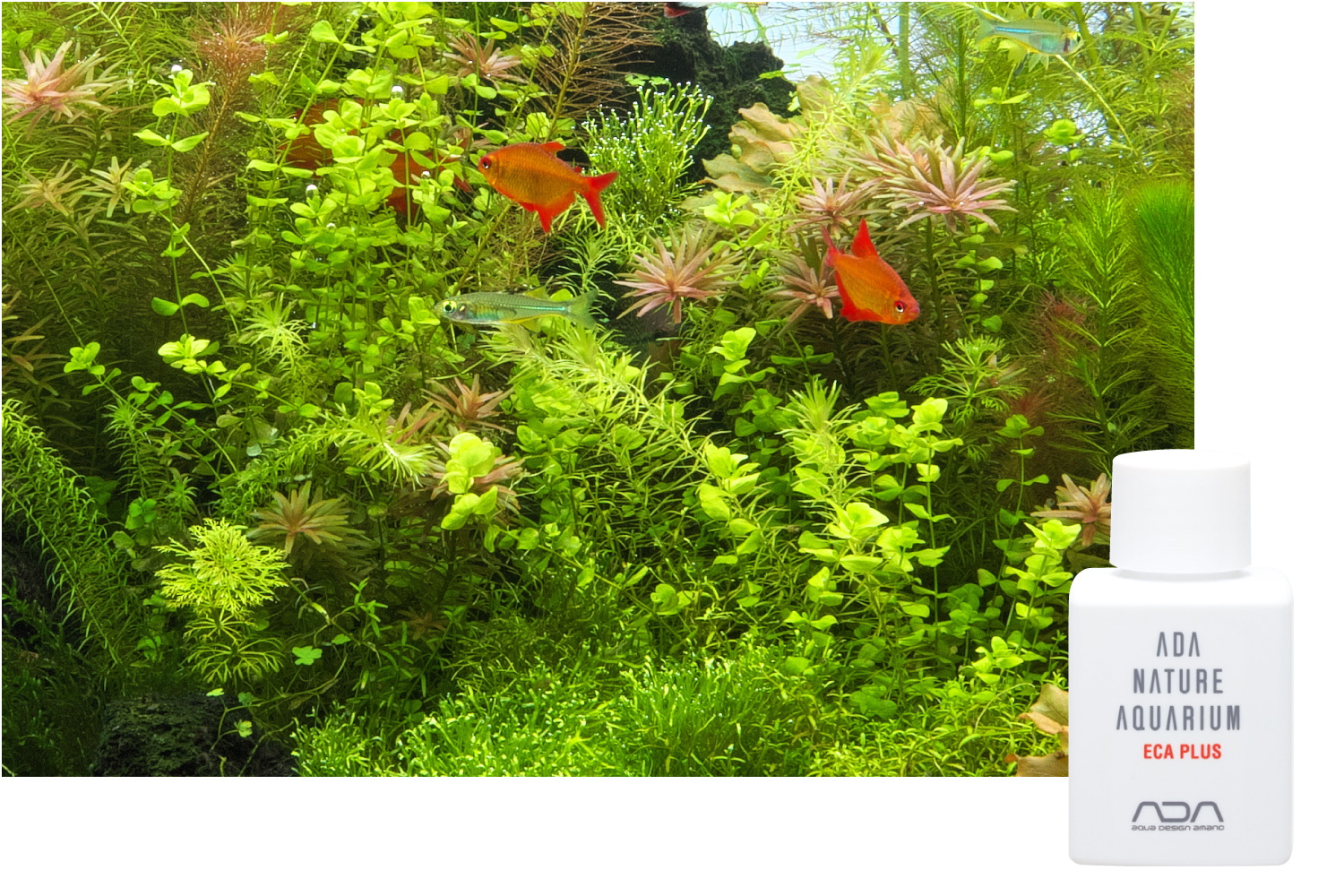
Using ECA to Maintain Leaf Color
ECA helps improve the leaf color of aquatic plants that are becoming pale. When added daily for about a week, it yields noticeable improvement. In this layout, ECA was applied every other day to maintain leaf vibrancy. However, excessive use can dull the coloration of Taxiphyllum sp. ‘Flame Moss’, so only half the standard dose was used. As ECA can slightly tint the water, weekly partial water changes (about one-third) were performed to preserve water clarity.
ECA helps improve the leaf color of aquatic plants that are becoming pale. When added daily for about a week, it yields noticeable improvement. In this layout, ECA was applied every other day to maintain leaf vibrancy. However, excessive use can dull the coloration of Taxiphyllum sp. ‘Flame Moss’, so only half the standard dose was used. As ECA can slightly tint the water, weekly partial water changes (about one-third) were performed to preserve water clarity.
